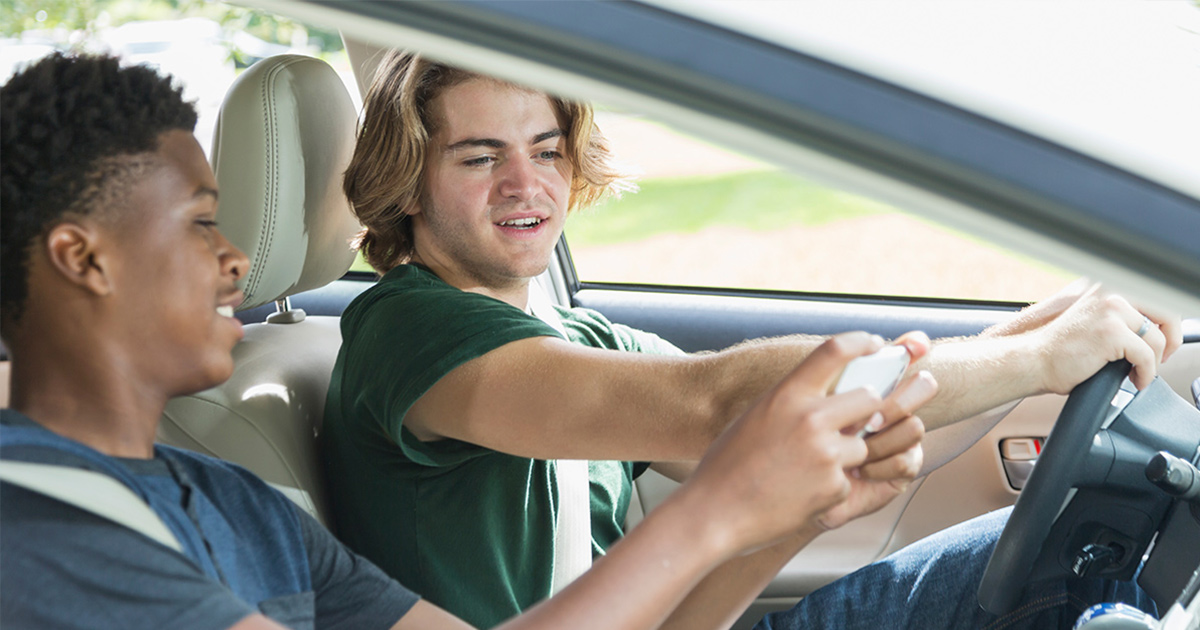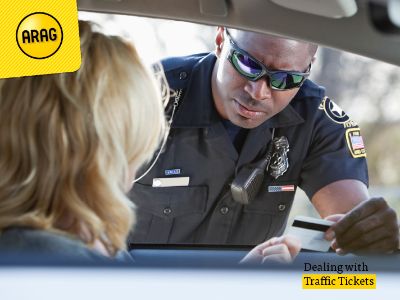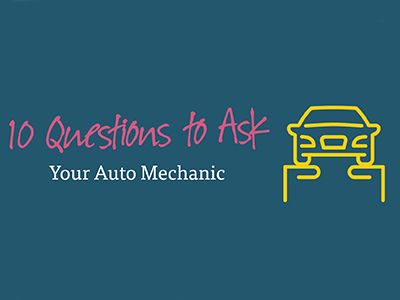Young drivers can’t wait to get their permits and hit the open road, but their parents are usually not quite as excited. And for good reason – there’s a lot to think about when it comes to teen driving and staying safe on the roads. In fact, motor vehicle accidents are the leading cause of death for American teenagers.
So before you hand over the keys, learn more below about driving permit rules and what your teen can and can’t do with a permit.
What is a driving permit?
Often called a learner’s permit, this is the first step toward getting a driver’s license with full privileges. Young adults in all states now need to go through a graduated driver’s license (GDL) program that encourages teen driving safety. While the age requirements and restrictions vary by state, all GDL programs follow the same three stages.
Stage 1: Learner’s permit
At this stage, drivers must be supervised at all times by an adult. Applicants getting their permit must meet minimum age requirements; typically, teen drivers are between 14 and 16 years old at this stage. State laws are very specific about the minimum age. For example, in Michigan, the minimum age is 14 years and 9 months.
The second stipulation for a permit at this stage is that teens must have the learner’s permit for a set period of time, typically six to 12 months. They must also log a required amount of supervised hours of driving without any traffic violations. To encourage safe driving in California, young drivers must log 50 hours of supervised driving, including 10 hours of driving at night.
Stage 2: Intermediate license
After completing the required time on the learner’s permit and the required supervised hours, drivers can get an intermediate level permit, also called a provisional license, when they meet their state’s age requirements.
At this stage, teens can drive unsupervised during specific time periods, but are not allowed to drive during designated night hours without adult supervision.
There are also passenger restrictions that limit the number of people who can be in the car with them. Many states don’t allow any passengers under the age of 18, unless they are immediate family.
Stage 3: Full licensure
Passenger and night driving restrictions are lifted when teenage drivers get their full license. They must meet the state required minimum age, usually 17 or 18, and have successfully completed all of the GDL requirements without any violations.
Who can ride in the car with a teen driver?
Similar to the age restrictions for a graduated driver’s license, the rules about who can ride with a teenager with a driver’s permit are different in each state. Most states require the supervising adult to be at least 18 or 21 years old. Some states restrict it beyond age and require the supervising adult to be a parent or driving instructor.
Once teens get their full driver’s license, there are still limitations in some states on who is able to ride with them, especially in states where teens haven’t passed driver’s education classes. These laws give inexperienced drivers more time to learn to drive without distractions.
The CDC also encourages parents to set rules on who can be in the car, as a leading cause of teen crashes is driving with other young adult passengers.
What do parents need to know before their teenager gets a driving permit?
In the United States, the number of fatal crashes per mile is three times higher for 16- to 19-year-olds than adults 20 and older. This disproportionate rate of deaths (not to mention injuries) when teen drivers are at the wheel is enough to cause any parent concern. Here are three things parents of teenage drivers should keep in mind to encourage safe driving:
Get insured.
You may already know that all teenage drivers need to be insured, but you’ll want to talk to your insurance agent to secure coverage before they apply for their learner’s permits or you could be forking over big bucks for their first fender bender.
While car insurance premiums are higher for young drivers, there are opportunities to save money if your student gets good grades. Ask your insurance agent about any possible good student discounts.
In addition to car insurance, it’s also a good idea to talk to a lawyer about your potential liability if your young driver causes an accident with injuries.
Do your homework.
Knowing the driving permit restrictions will help your teen driver learn the rules too. If you’re going on a long road trip and your teenager wants to drive part of the way, make sure that his or her driving permit is valid out of state. Some states, such as New York, require drivers to be at least 16 years old even if they have a valid learner’s permit from another state.
You can also brush up on traffic regulations by helping your teens study for their driver’s test. Remind them of the rules if you see another driver on the road making poor driving choices, such as speeding or erratic lane changes. Remind them of basic traffic rules before you head out on a drive together.
Most important, model good behavior behind the wheel to reinforce the safe driving habits you want them to adopt. For example, resist the urge to use your mobile device while driving. If you need to send a message, ask your teenager to text for you and offer to do the same for them when it’s their turn behind the wheel.
Enforce the rules.
At the end of the day, it’s not lawmakers, police officers, lawyers or insurance agents who are going to keep your teen driver safe. You are! Parents who abide by the driving permit restrictions and enforce their own rules about when, where and with whom their teenager is allowed to drive are the key to safe teen driving.



